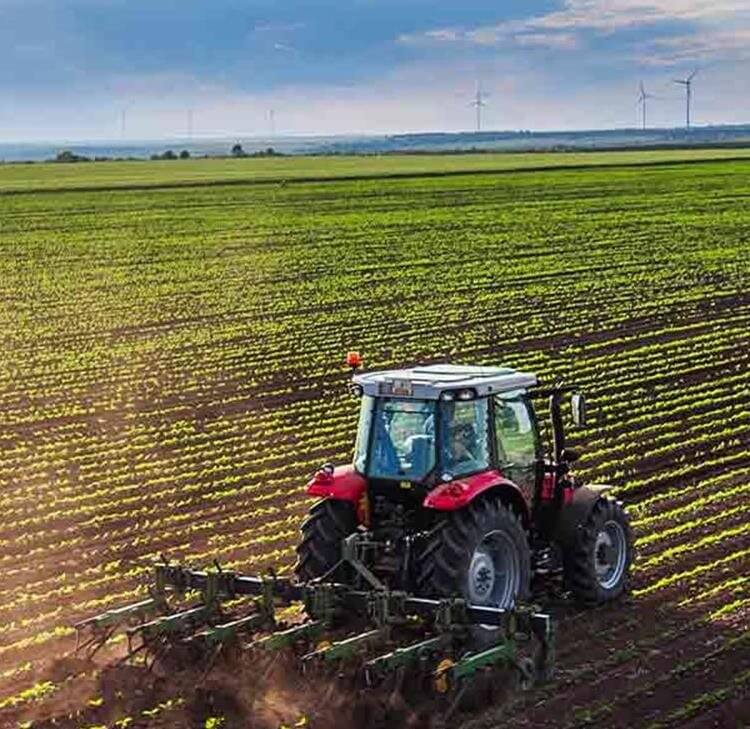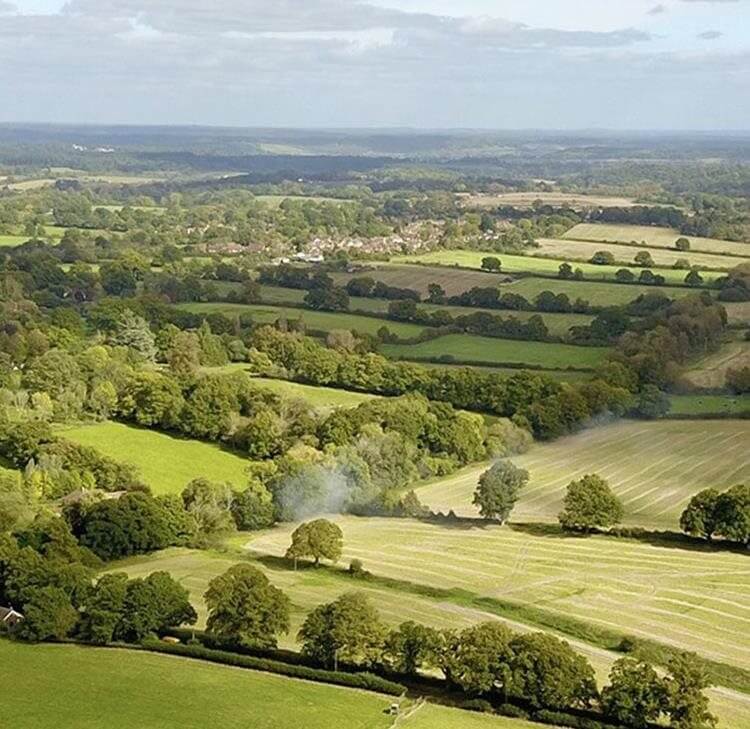Wynne-Finch and others v Natural Resources Body for Wales [2021] EWCA Civ 1473
Historic exceptions of mines and minerals did not include mudstone, the common rock of the district.
Historic exceptions of mines and minerals did not include mudstone, the common rock of the district.
Facts
The claimants were the trustees of a rural estate in Wales. Their predecessors had disposed of land in the past through awards under the Arwystli Enclosure Act 1816 (the 1816 Act) and through various private conveyances following an auction in 1919. In all cases, mines and minerals had been excepted.
The land in question was now used for forestry and managed by the respondent (on behalf of the National Assembly for Wales), who had been digging up mudstone from the land (the bedrock below extensive areas of hilly, forested land which is of low value and has limited uses) for their roads and tracks without permission from the claimants.
The private conveyances excepted: “all mines beds and quarries of coal and ironstone and all other metals stone and minerals within and under the hereditaments and premises thereby conveyed”.
The 1816 Act excepted:
"any Mines, Ores, Coals, Metals or Minerals whatsoever".
Issue
Did the exceptions in the 1816 Act and the private conveyances include the bedrock of mudstone?
Decision
The Court of Appeal agreed with the conclusions of the High Court judge that the exceptions did not include mudstone. The judge had decided that mudstone (being the common rock of the district and a cheap low-grade material) would not have been viewed as worth quarrying and selling commercially in 1816 or 1919. Instead, the exceptions were directed at a more limited category of material (e.g. lead, slate, zinc and sandstone) found in the area.
Although the word ‘stone’ was used in the private conveyances (and mudstone was technically a stone), it had to be interpreted in the context of the words surrounding it (i.e. ‘mines’ and ‘minerals’). The word ‘minerals’ in an exception meant substances exceptional in use, in value and in character and did not mean the ordinary soil of the district.
Points to note/consider
- It is common to see an entry on a title register that mines and minerals are excepted. However, it is necessary to look at the original historic document in which the exception arose to work out the extent of the exception and the mines and minerals that fall within it. Where (as is often the case), the extent of the exception is not expressly stated, a court has to try to ascertain what was meant in the vernacular of the mining world, the commercial world and landowners at the time of the grant. For these purposes, the question whether the mines and minerals are exceptional in use, value and character will be an important factor.
- Whilst it is extremely unlikely that someone who owns the mines and minerals under land will seek to extract them, they may look to hold the landowner to ‘ransom’ should the landowner wish to develop its land (by arguing that the landowner will be trespassing on their mines and minerals). For that reason, if it is not possible to work out the extent of any mines and minerals excepted or the person who may now own them, insurance may be the only answer.
Contact

David Harris
Professional Development Lawyer
david.harris@brownejacobson.com
+44 (0)115 934 2019








































